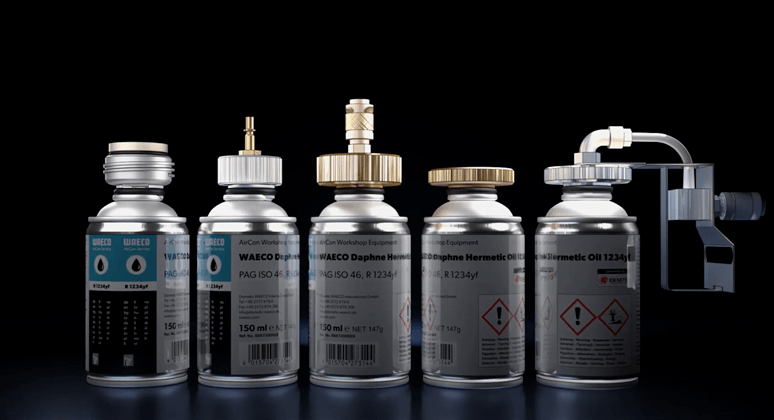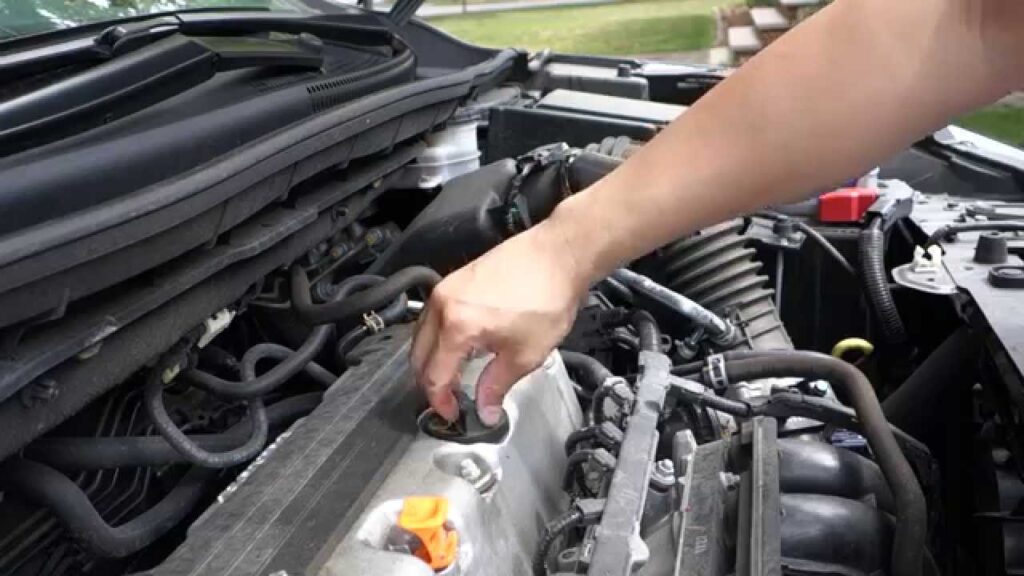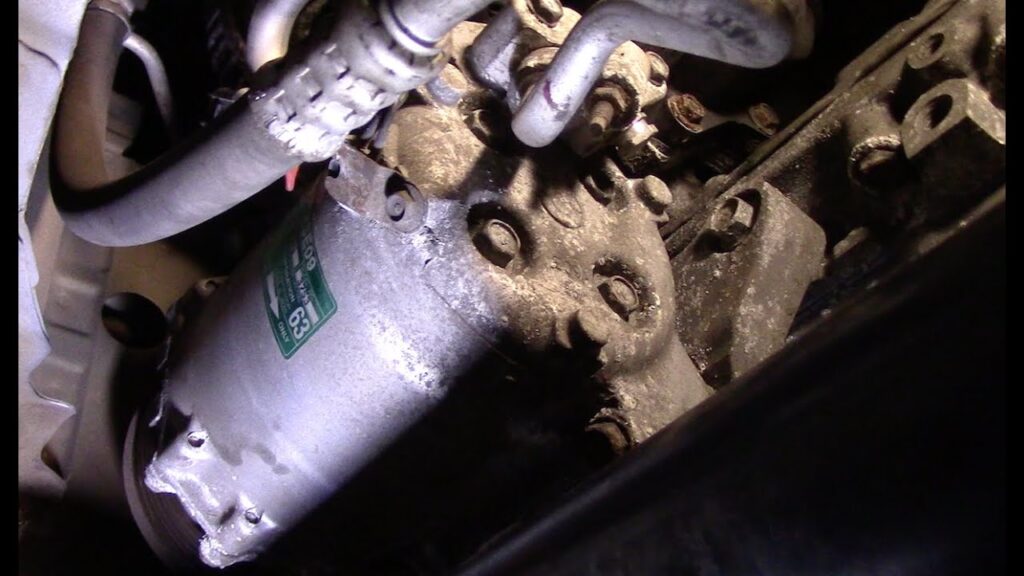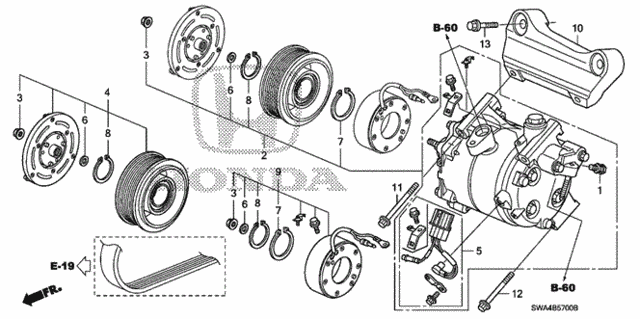2009 honda crv ac compressor oil capacity, How to Measure the Oil Capacity of Your 2009 Honda CRV AC Compressor, If you’re wondering how to measure the oil capacity of your honda crv ac compressor, then look no further. Here you’ll find out how to do it, plus some of the common problems that affect your ac compressor. Also, you’ll learn how to measure the amount of PAG SP-A2 (ISO 46) oil that comes out of your ac compressor.
PAG SP-A2 (ISO 46) oil

Whether you drive a 2009 Honda Crv or any other vehicle with an A/C system, you’re probably looking for the best PAG SP-A2 (ISO 46) oil for your engine. There are many different types of PAG oils to choose from. Some are better suited to certain applications than others. If you are not sure which is best for your car, it may be time to call a pro. This is especially true if you have a hybrid vehicle.
The key to choosing the right PAG SP-A2 (ISO46) oil for your car is to understand the type of refrigerant your vehicle uses and its capabilities. In some cases, you will need to use a thicker PAG oil to maximize cooling performance. Generally, you will see recommendations for 5W-20 or 10W40. But you should not be tempted to buy a thinner PAG oil if you have heavy loads on your air conditioning system. Choosing the wrong oil can short circuit your compressor or cause other problems.
Synthetic oil

If you’re a 2009 Honda CRV AC compressor owner, you might be wondering what type of oil you should use. It’s important to choose the right one, because if you don’t, your compressor might not work properly. Having an improper lubrication can lead to friction problems and premature wear. You may also experience an oil leak, which can cause your compressor to break down.
Most automotive A/C compressors are manufactured to precise tolerances, which means that they require a specific viscosity and a special lubricant. When you change the oil, it’s a good idea to check your owner’s manual to ensure that you are using the correct type of oil.
You’ll also need to flush the system before you add any refrigerant. Doing so is important, because if you add too much, you might not get the cooling power you’re looking for. To ensure the system is free of debris, you should vacuum the system for about 20 minutes.
How to measure the amount of oil that comes out of a honda crv ac compressor

In order to get a good read on how much oil your 2009 Honda crv ac compressor is using, you will need to know what is going on. This guide will walk you through the steps necessary to measure and understand the amount of oil that is coming out of your compressor.
Before you can start the process of measuring, you must first ensure that the drain plug on your new air conditioning compressor is removed. Then, you will need to vacuum the system for about 20 minutes to clear any debris from the lines. Once you are done with the vacuuming, it is time to add the oil.
The amount of oil you need to add depends on the type of compressor that is installed in your car. Some come with just a few ounces of oil while others have a full tank. You will need to follow the installation instructions for your specific model.
Common problems with a honda crv ac compressor
When your Honda CRV air conditioning system is not working, it can be caused by a number of factors. A faulty AC compressor clutch is the most common, but a faulty condenser or leaking coolant can also cause a problem.
If you’re having problems with your climate control system, you should take your car to a certified Honda repair facility. There’s a good chance you’ll need to replace a part, and that’s expensive.
However, there are some simple fixes that you can do to reduce the chances of a costly repair. For instance, you can clean out the water tank condenser to help keep it running smoothly. You can also change your cabin air filter to get rid of bad smells in the evaporator.
The evaporator is a crucial component of your vehicle’s climate control system. If it’s dirty or clogged, it can contaminate the entire system and lead to a malfunction. In addition, a faulty condenser can damage the hoses and expansion valve, which can in turn cause warm or hot air.
Editor’s advice; How to Do a 2006 Honda CR-V Oil Change
